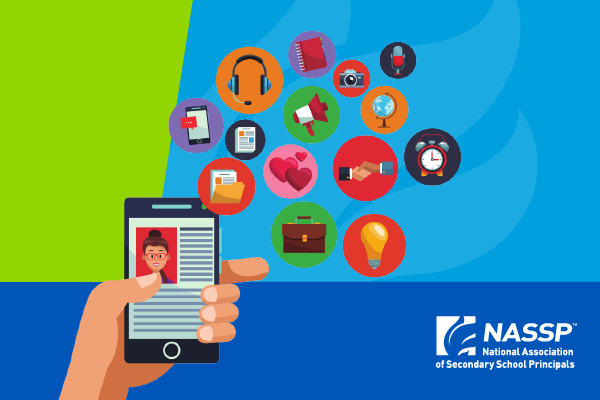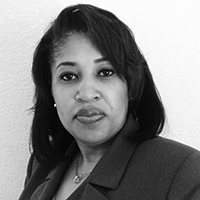I have always thought of social media as a place for schools to post school information and archive great memories of student achievement and activities. Like many districts, in recent years, my district has received online threats, and inaccurate information has spread on social media about things allegedly happening in our buildings. Sadly, I have also seen unfounded rumors and falsehoods posted online. On social media, are we guilty until proven innocent? I have spent countless hours responding to posts that have distracted me from the work of supporting the instructional programs in schools. In order to change the narrative on social media for my buildings, I must rethink how we can use social media in our schools positively—as it was intended.
In April, when I attended NASSP’s Trailblazing Leadership Week in Washington, D.C. I attended a workshop that helped change my thinking about social media. Let me first acknowledge a few things. Yes, social media can be a headache for school leaders, and we can not ignore the threats and rumors, but I realized that social media is a great way to get out in front of issues and tell our own stories about all the positive things that are happening in our schools. I believe the way to do that today is through social media, using different platforms, such as Twitter, Snapchat, or Instagram.
Social media is simply more immediate than long emails. With all the things principals must attend to, their time is limited. Many of us have become accustomed to sending emails to communicate. The problem is emails tend to be too long, and many end up not being read. Our communities are used to using multiple platforms for information in their common day-to-day activities. If we continue to be email-focused in education, we will seem behind the times.

Social media, regardless of platform, is a way to make sure our stories are heard by students, parents, and the broader community. People want to hear from the person that is caring for their children. When principals use social media, it has the potential to make them more approachable and even human, some may say. Students and parents all feel safer when they know their site administrator. Twitter is a favorite because it allows principals to give concise information to the community.
Not all of our principals are good at using Twitter or social media platforms. I believe learning how best to use these communication tools needs to be addressed through professional development. We need to teach school leaders how to tell their stories effectively.
We’re in a transformative time in education, and how we communicate to our school communities is essential. It’s time for us as school leaders to move away from what we have always used—email—and create our own school narrative through social media.


1 Comment
As an educator in primary education as well as Community College, I agree the social media is a great vehicle for information to be delivered. More recently, students and parents are accustomed in using technology and social media platforms. In fact, I would imagine that many get immediate information using these before a school website post or phone call. With anything, it is important that families do their research when reading any social media post. I can appreciate school officials using social media to positively promote and inform our community. Thank you this article Dr. Wise.